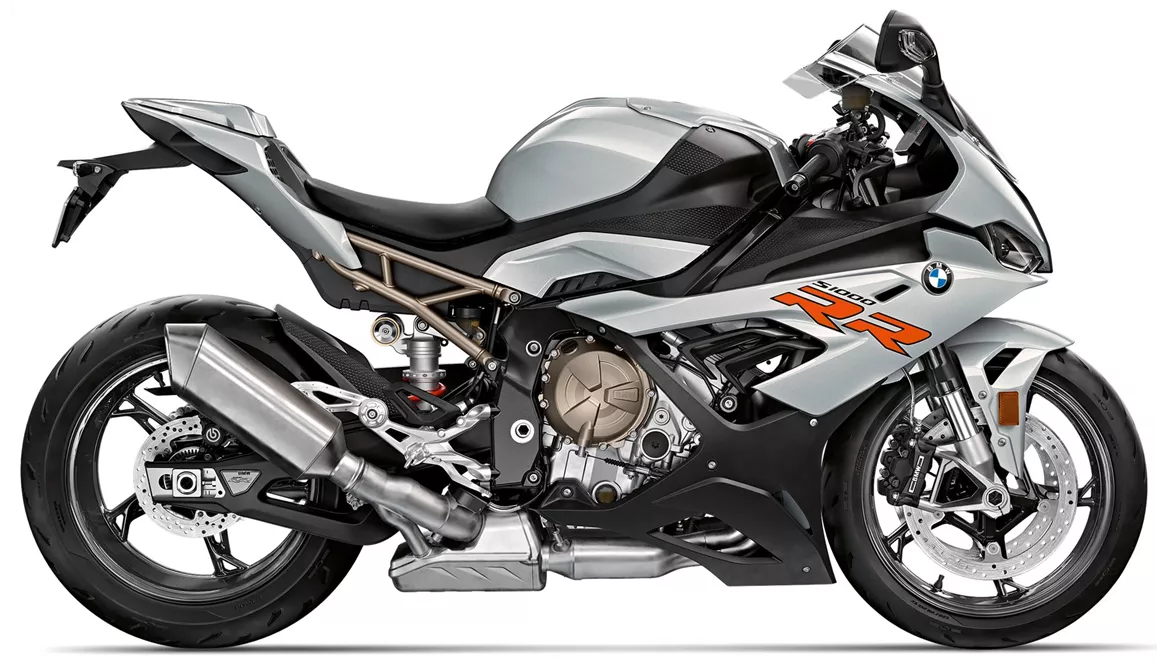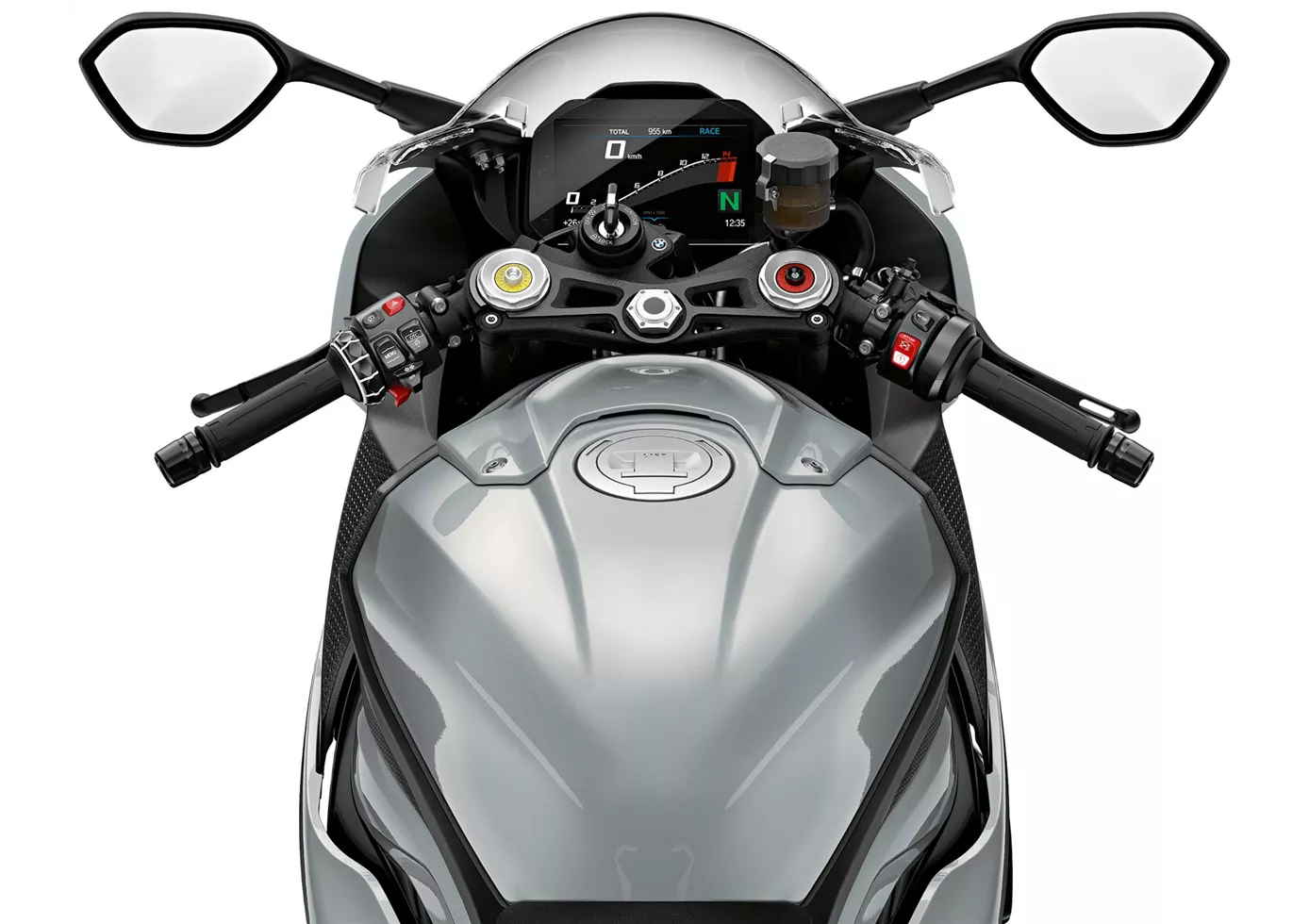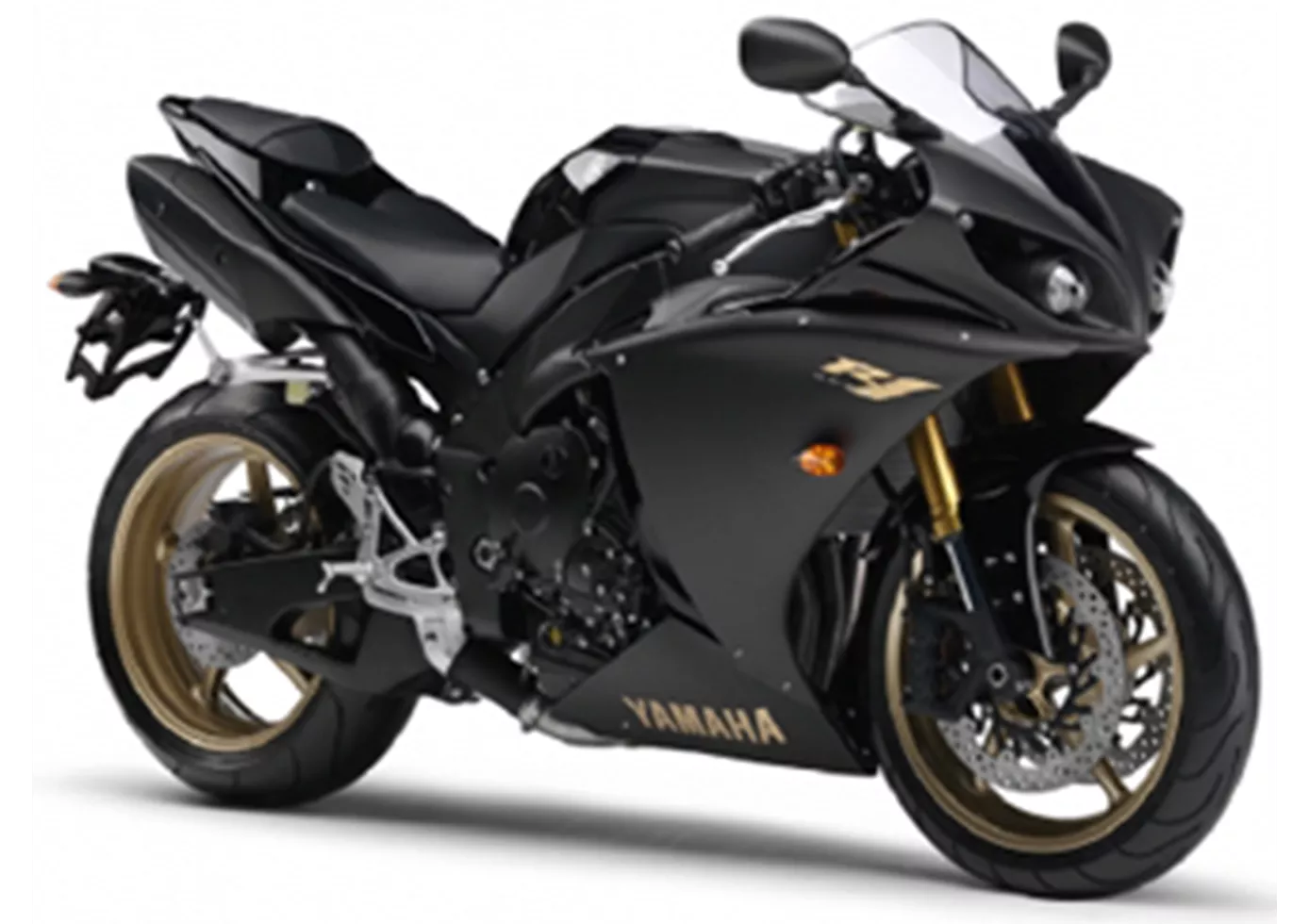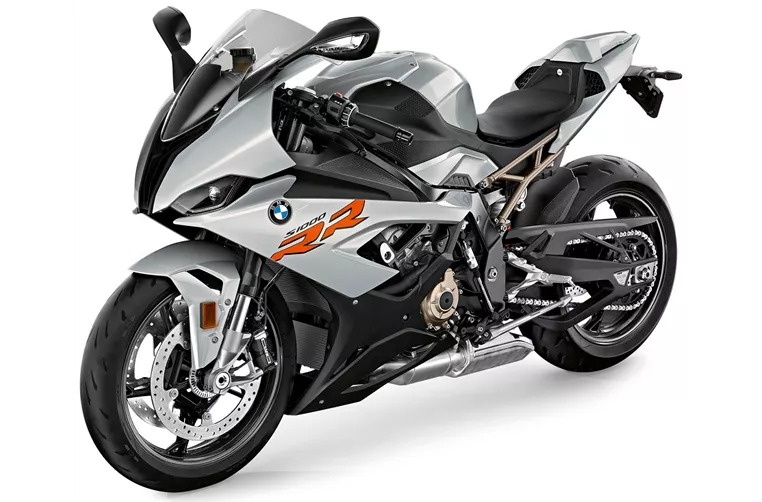BMW S 1000 RR 2020 vs. Yamaha R1 2010

BMW S 1000 RR 2020

Yamaha R1 2010
Overview - BMW S 1000 RR 2020 vs Yamaha R1 2010
The BMW S 1000 RR 2020 and the Yamaha R1 2010 are both supersport motorcycles with similar features and specifications, but there are notable differences between them.
In terms of engine performance, the BMW S 1000 RR 2020 has a larger bore and stroke, resulting in a higher engine power of 207 HP compared to the Yamaha R1 2010's 181 HP. The BMW also has a higher torque of 113 Nm compared to the Yamaha's 115.5 Nm. Both bikes have four cylinders and four valves per cylinder, as well as DOHC valve configuration. However, the BMW has a larger displacement of 999cc compared to the Yamaha's 998cc.
In terms of suspension, both bikes feature upside-down telescopic forks at the front. The chassis of both bikes is made of aluminum, providing strength and stability. However, the BMW has a Twin Tube load-bearing engine frame type, while the Yamaha has a Deltabox frame type.

BMW S 1000 RR 2020
In terms of braking, both bikes have double disc brakes at the front. The dimensions and weights of the front and rear tires are the same for both bikes, with a width of 120mm and a diameter of 17 inches.
The BMW has a slightly longer wheelbase of 1441mm compared to the Yamaha's 1415mm. The seat height of the BMW is 824mm, while the Yamaha has a slightly higher seat height of 835mm. The fuel tank capacity of the BMW is 16.5 liters, while the Yamaha has a larger capacity of 18 liters.
Now let's discuss the strengths and weaknesses of each bike. The BMW S 1000 RR 2020 has a very linear power delivery, making it highly controllable. It has a wide rev range and pleasant control, with plenty of pressure in the lower rev range thanks to ShiftCam technology. The bike also has excellent Dynamic Damping Control (DDC), providing precision and top performance. The electronics package of the BMW is also highly regarded. Overall, the BMW S 1000 RR 2020 is considered to be a harmonious package both on the road and on the racetrack.
On the other hand, the Yamaha R1 2010 is praised for its strong engine and sophisticated engine character. It also has an optimal braking system and a comfortable seating position.

Yamaha R1 2010
However, the BMW S 1000 RR 2020 does have some weaknesses. In comparison to other bikes like the Aprilia and Honda, it may seem a bit "characterless". Additionally, when compared on the spec sheet, it may lag behind in certain aspects.
Similarly, the Yamaha R1 2010 also has its weaknesses. It has suboptimal suspension elements, resulting in slightly weaker traction. The bike also has a lower peak power and a higher weight compared to its competitors.
In conclusion, the BMW S 1000 RR 2020 and the Yamaha R1 2010 are both high-performance supersport motorcycles with their own strengths and weaknesses. The BMW offers a more powerful engine, precise control, and a well-rounded package, while the Yamaha provides a strong engine, comfortable seating position, and optimal braking system. Ultimately, the choice between the two will depend on the rider's preferences and priorities.
Technical Specifications BMW S 1000 RR 2020 compared to Yamaha R1 2010
Pros and Cons in comparison
Pros and Cons in comparison
BMW S 1000 RR 2020

A real "all-rounder" superbike. The BMW knows how to play to its strengths both on the race track and on the country road. Thanks to variable camshaft control, the powerful engine is already convincing at the bottom end and accelerates harmoniously across the entire rev range, with plenty of power in every range. For the hobby pilot, the chassis certainly functions excellently in every situation, provides transparent feedback and offers many adjustment options. The seating position is sporty yet relatively comfortable. The electronics work very harmoniously without patronising the rider - TOP!
Yamaha R1 2010

The current engine in the R1 scores points above all with its unmistakable sound, very transparent response and linear power delivery. In terms of peak power, however, Yamaha had to cut back a little.
Price Comparison Avarage Market Price BMW S 1000 RR vs Yamaha R1
There are a few key differences between a BMW S 1000 RR 2020 and a Yamaha R1 2010. In terms of price, the actual average price of a BMW S 1000 RR 2020 is about 93% higher. Compared to Yamaha R1 2010 there are more BMW S 1000 RR 2020 bikes available on the 1000PS.de Marketplace, specifically 16 compared to 5. It takes less time to sell a Yamaha R1 with 53 days compared to 68 days for the BMW S 1000 RR. Since model year 2010 1000PS.de editors have written 135 reviews for the BMW S 1000 RR and 80 reviews for the Yamaha R1 since model year 2005. The first review for the BMW S 1000 RR was published on 4/16/2008 and now has more than 4,000 views. This compares to more than 3,900 views for the first review on Yamaha R1 published on 4/28/2003.




















